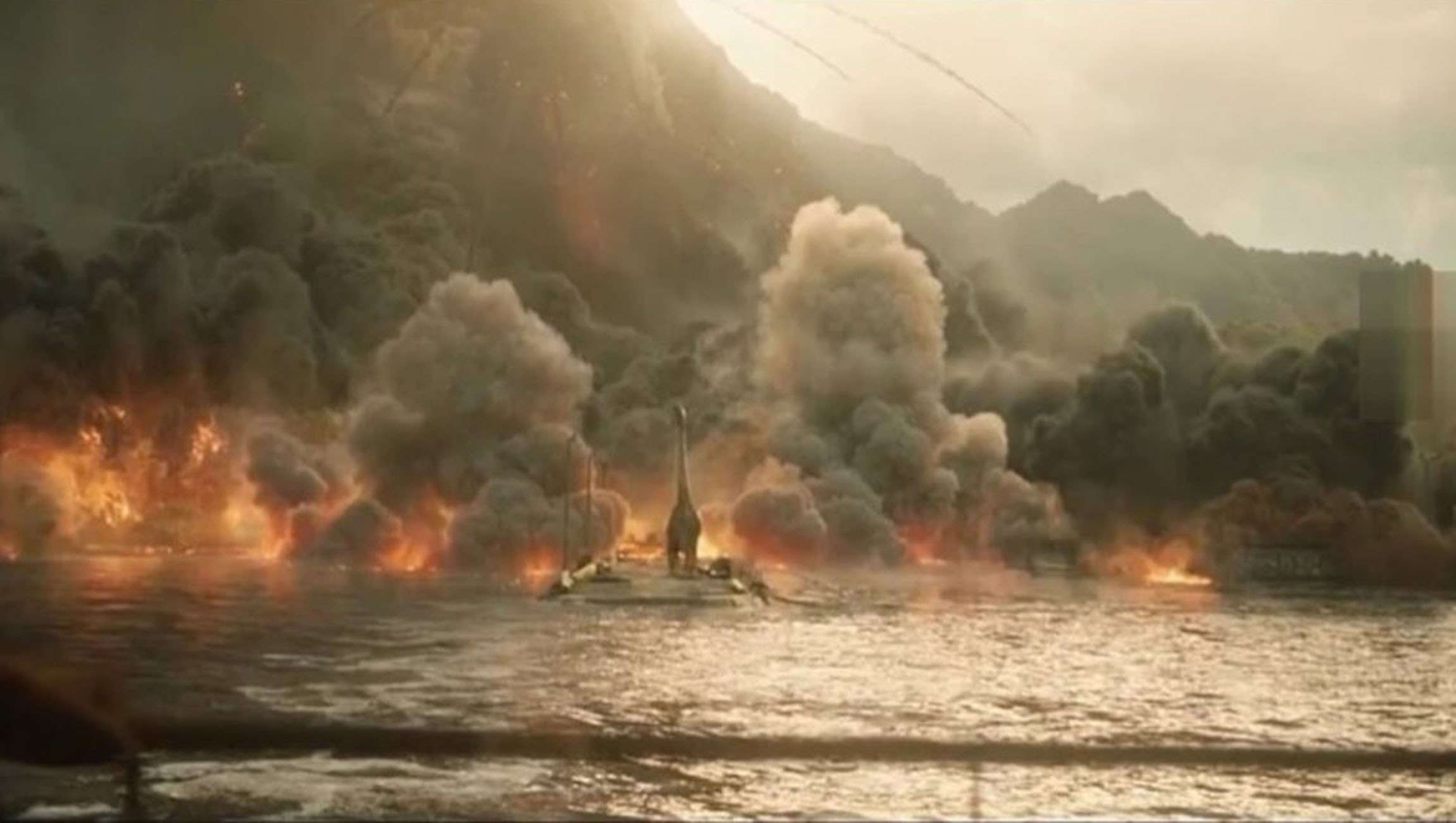Create a free profile to get unlimited access to exclusive videos, sweepstakes, and more!
The asteroid that made the dinosaurs vanish unleashed an infernal subsurface ocean of magma

Besides bringing on enough chaos to end the dinosaurs, the massive asteroid that crashed into Earth during the Late Cretaceous also unleashed a bubbling sea of magma, whose hot temper raged beneath the surface for 2 million years.
Earth has never had (and hopefully never will have) an encounter as intense as its run-in with the Chicxulub asteroid 66 million years ago. When a space rock leaves behind a crater over a hundred miles wide, there's bound to be other negative impacts on the planet as well. The crater has since been submerged in the Yucatán sea. Now a team of scientists led by David Kring of the Lunar and Planetary Institute have gone back in time through rock samples from the crater to reveal that it ignited a hydrothermal system that would change Earth’s crust forever.
“A growing amount of attention is being directed at the crater’s subsurface where impact heating and deformation generated a porous and permeable structure across the entire basin that was an ideal host for a hydrothermal system,” Kring said in a study recently published in Science Advances.
After the crater hit, it generated an immense amount of heat. The terror out of space also deformed the crust so much that it spawned a hydrothermal system that would eventually be a hotbed for life — think more in terms of microorganisms than dino-sized life. Pores in the crust that were heated by magma are thought to have been ideal for microbes and other tiny undersea creatures to crawl into. Hydrothermal vents on the ocean floor today gush streams of water heated by magma. The Chicxulub impact, which happened in what were once shallow waters, was so powerful that, soon after it hit, the planet gushed a pool of magma nearly two miles deep. This was just the beginning of an undersea inferno.
Asteroid impacts generate almost unfathomable heat. As the asteroid was zooming through space, aerodynamic heating happened as it created friction between itself and the air, morphing its kinetic energy into heat. That heat was transferred to Earth’s crust and any subsurface water lurking beneath it when the extraterrestrial object finally made contact. Magma oozed through fractures in the rock and accumulated into a pool nearly two miles deep. Subsurface water that flowed beneath the seafloor was driven upward, since heat always rises. It gushed around the edges of that liquid magma, sneaked through the fractured crust, and spewed out into the sea. Mineral samples recovered from the site suggest temperatures skyrocketed from about 570-750 degrees Fahrenheit. No wonder some of them were a fiery red.
“Hydrothermal alteration was immediately evident in the core, including permeable zones of bright red [minerals] … we found evidence for an initially hot (>300°C) hydrothermal system that subsequently cooled to produce a series of lower-temperature minerals,” Kring explained.
Evidence of chemical reactions within the minerals told the research team that the crater's subsurface hydrothermal activity probably lasted around 150,000 years. Hot water vents arose on the edge of the crater in a string nearly 200 miles long, with many more occurring further out. Strangely high levels of manganese, which usually dissolves and oxidizes as it escapes through seafloor vents with hot water, also support that. Ten times more manganese was found at the impact site than surrounding areas. Not only that, but these concentrations of manganese were found to have persisted for 2.1 million years. Meaning, the blazing magma took that long to really cool down.
Just be glad that you can control the temperature next time you hang out in a hot tub.


























